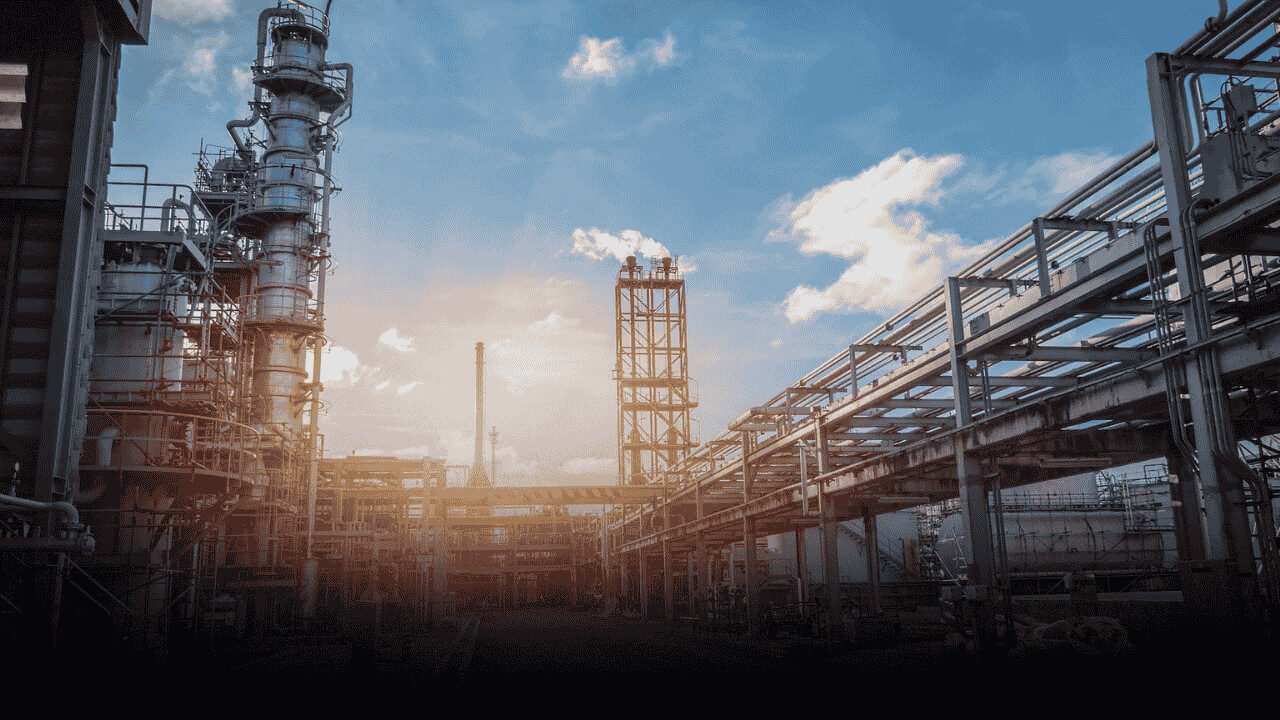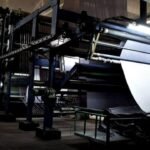By Moaaz Manzoor
After two difficult years of factory slowdowns and shrinking output, Pakistan’s industrial sector has finally turned a corner.
The country recorded a 5.3 percent growth in industry during fiscal year 2024–25, marking a strong recovery driven by construction revival, improved power supply, and tighter coordination between the government and the State Bank of Pakistan (SBP).
Industrial Sector Rebounds After Two Years of Decline
According to the SBP’s Annual Report for FY2024–25, the industrial sector’s performance helped lift overall economic growth to 3 percent, up from 2.6 percent a year earlier.
The rebound came even as agriculture growth slowed, showing how manufacturing and services carried the economy forward.
The report credited this progress to a stable macroeconomic environment and lower interest rates after inflation started to drop sharply in mid-2024.
The Monetary Policy Committee cut the policy rate from 20.5 percent to 11 percent by January 2025, reducing borrowing costs and encouraging both public and private investment.
Energy Supply and Construction Lead the Comeback
The industrial recovery was fueled by stronger performance in the electricity, gas, and water supply segment, thanks to government subsidies and efficiency measures in the power sector.
At the same time, development spending under the Public Sector Development Programme surged, reviving construction activity across major provinces.
Provincial governments also stepped up their infrastructure projects after years of tight budgets. The focus on roads, housing, and urban services helped rebuild the construction supply chain, though private construction stayed sluggish due to high costs and property taxes that discouraged new housing ventures.
Manufacturing Sees Uneven Growth
While the overall picture was positive, large-scale manufacturing (LSM) still struggled. Output dipped by 0.7 percent after rising 0.9 percent in the previous year.
However, the SBP clarified that 12 of 22 LSM subsectors actually grew, with the main drag coming from a sharp drop in furniture manufacturing, which alone pulled overall LSM growth down by 1.6 percentage points.
The central bank said earlier high interest rates and weak domestic demand had constrained factory production, but the situation improved in the second half of FY25 as energy costs fell, global demand rose, and the rupee stabilized.
Key Industries Show Strong Gains
Textiles, pharmaceuticals, petroleum products, and automobiles all posted growth during FY25.
- Textile exports improved as global markets recovered, and many firms invested in energy-efficient machinery to cut costs and meet sustainability standards.
- The pharmaceutical industry expanded as supply chains stabilized and domestic demand rose.
- Automobile production also saw modest gains due to easier access to imported parts and cheaper loans following the policy rate cuts.
The report noted that large textile companies adopting renewable energy solutions and modern equipment achieved both higher output and better export prices — a rare double win for competitiveness and sustainability.
Challenges Still Hold Industry Back
Despite the recovery, nearly half of the LSM subsectors have yet to return to pre-pandemic production levels. The SBP cited high energy tariffs, rigid supply chains, and limited access to long-term financing as ongoing hurdles.
While manufactured exports increased, imports of raw materials also rose, slightly widening the trade deficit. The central bank stressed that industrial stability now depends on deeper reforms — especially in energy pricing, logistics, and financial sector expansion.
Pakistan’s credit-to-GDP ratio remains among the lowest in comparable economies, meaning industries still struggle to secure enough funding for expansion and modernization.
Private Credit and Confidence on the Rise
Even with these limitations, private-sector lending grew by over 12 percent during FY25. Cheaper borrowing and improved liquidity encouraged banks to lend more for working capital and fixed investments — particularly in textiles, food processing, and construction.
Some banks also increased lending to maintain an advance-to-deposit ratio above 50 percent, helping them avoid extra taxes. The SBP said that lower inflation, a steadier exchange rate, and smaller budget deficits have all helped strengthen business confidence.
Reforms Key to Sustaining Growth
The SBP emphasized that for Pakistan’s industrial revival to last, the government must continue energy sector reforms, technology upgrades, and support for small and medium enterprises (SMEs).
It suggested encouraging import-substituting industries like petrochemicals and engineering goods to reduce dependence on costly imports.
It also urged more predictable taxation and affordable credit lines to help industries plan long-term.
With steady policies and coordination between fiscal and monetary authorities, the central bank said Pakistan’s industries can move beyond recovery and become a foundation for inclusive, sustained economic growth.
A Step Toward Stability
The report said FY2024–25 marked a turning point for Pakistan’s industrial sector after years of supply bottlenecks and weak demand. However, it cautioned that challenges like low productivity and narrow export diversification still threaten long-term progress.
If current reforms continue — especially in energy, taxation, and financing — Pakistan’s industries could become stronger, more competitive, and central to the country’s economic stability in the years ahead.
Author Profile
-
Moaaz Manzoor is a business correspondent who meticulously tracks Pakistan’s crucial but neglected natural resource industries.
He specializes in exposing inefficiencies and charting the course of modernization, highlighting how efforts to mechanize mining have dramatically cut marble and granite wastage, driving a recovery and attracting vital investment.





